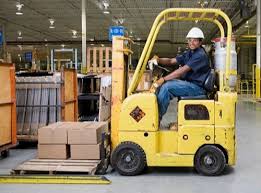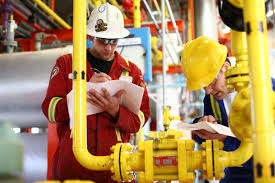Currently Empty: ₹0.00
The Offshore Manning Familiarization Course is designed to provide individuals with a basic understanding of offshore operations and the roles of various personnel working in the offshore industry.
Key Objectives:
- Introduce participants to the offshore environment: This includes different types of offshore installations (rigs, platforms, vessels), their operations, and the challenges associated with working offshore.
- Provide an overview of offshore roles and responsibilities: Participants will gain knowledge about the various job roles within the offshore industry, such as drillers, roustabouts, engineers, and safety personnel.
- Highlight safety procedures and regulations: The course emphasizes the importance of safety in offshore operations, covering topics such as emergency procedures, personal protective equipment (PPE), and risk management.
- Enhance awareness of the offshore lifestyle: Participants will gain an understanding of the unique living and working conditions on offshore installations, including shift patterns, accommodation, and recreational facilities.
Typical Course Content:
- Introduction to the Offshore Industry:
- History and development of the offshore industry.
- Types of offshore installations and their functions.
- Overview of offshore operations (drilling, production, maintenance).
- Offshore Roles and Responsibilities:
- Descriptions of common offshore job roles.
- Chain of command and reporting structures.
- Teamwork and communication in the offshore environment.
- Offshore Safety and Regulations:
- Safety regulations and guidelines specific to offshore operations.
- Emergency procedures (fire, evacuation, medical emergencies).
- Use of personal protective equipment (PPE).
- Risk assessment and hazard identification.
- Living and Working Conditions Offshore:
- Accommodation and living arrangements on offshore installations.
- Shift patterns and work schedules.
- Recreational facilities and leisure activities.
- Health and well-being considerations



